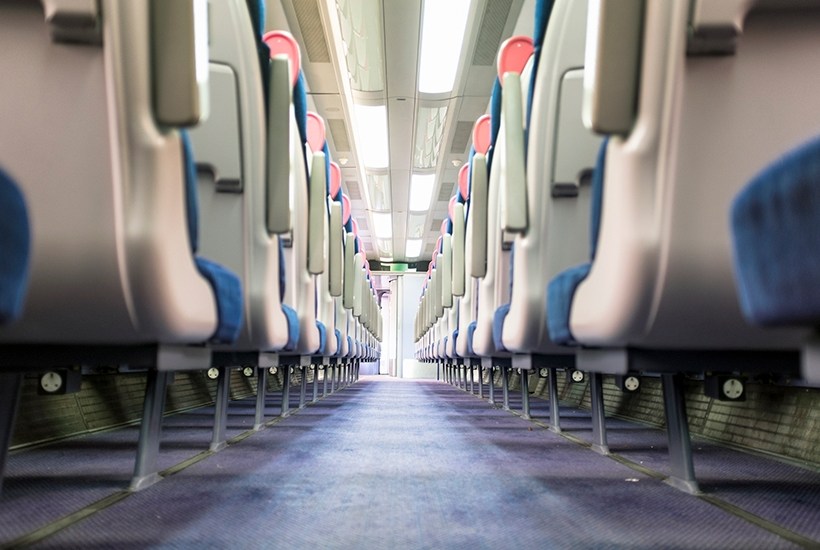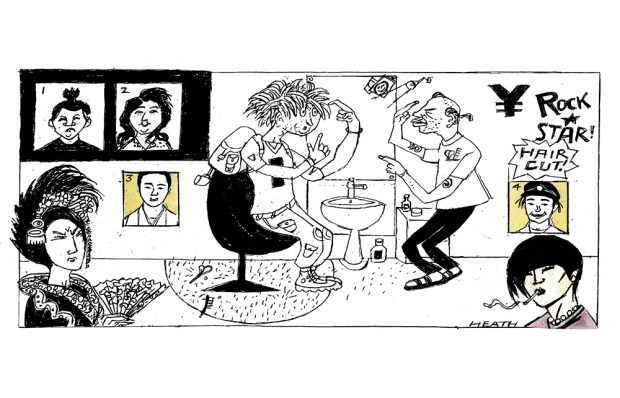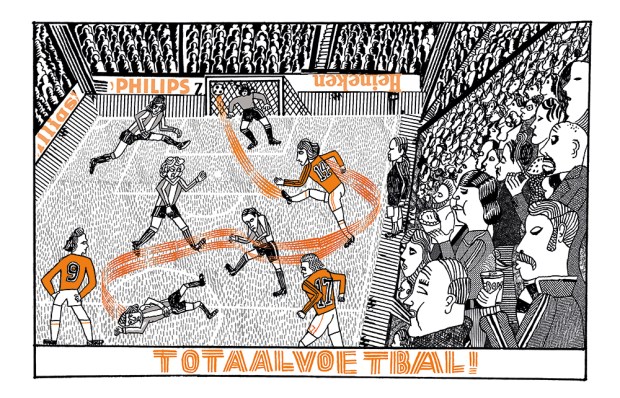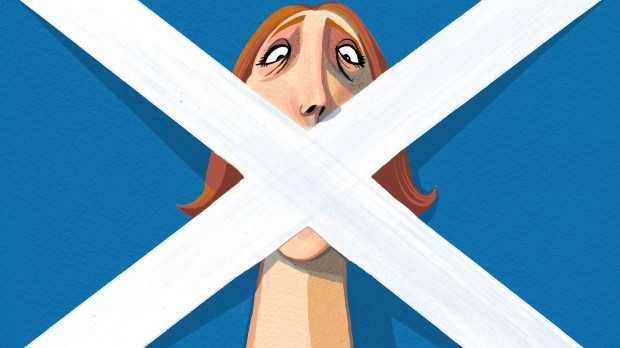Readers may recall Matthew Parris’s Spectator article from August last year, ‘Who’s to blame for my terrible journey?’ From 2016 onwards, many rail operating companies, including Thameslink and GWR, began introducing new carriages with ‘ironing board’ seat designs. ‘My buttocks ache at the very recollection,’ Matthew complained. He demanded to know who was responsible and offered £200 to any reader who could produce the relevant names.
In accordance with Matthew’s challenge, I sent a Freedom of Information request to the Department for Transport (DfT). As requests are often denied for being too broad in scope, I focused on Thameslink’s Class 700 carriage seats, asking for the names of the individuals involved in agreeing this particular design. The department’s response was entirely expected:
[This] is being withheld in reliance on the third party personal information exemption at section 40(2)&(3A)(a) of the FOI Act. These individuals are not in public facing roles and therefore have a reasonable expectation that their names will not be placed into the public domain. To do so would… contravene current Data Protection legislation.
So I don’t bag the £200. But I did get the names of the organisations involved, along with the reasons the seats turned out the way they did. And the why is almost always more instructive than the who.
Matthew, a proud Europhile, may not be thrilled to discover that the seats were designed to meet European safety standards:
Train interiors need to comply with European Technical Specifications for Interoperability… which are set within legally enforceable standards… The seats on the Class 700 train are therefore similar to seats found on other brand-new commuter trains to meet the European train modern safety standards, particularly for fire and crash worthiness.
Delving deeper, the European Technical Specifications for Interoperability (TSIs) are set out by the European Union Agency for Railways (ERA). The ERA’s mission statement says that it wants to make ‘the railway system work better for society’ and achieve a ‘Single European Railway Area without frontiers’. The TSIs cover a laundry list of standards, from ‘safety, reliability and availability’ to ‘technical compatibility and accessibility’.
It transpires that the DfT bought and specified the Class 700 train, Interfleet and First Capital Connect — since absorbed by Govia Thameslink Railway — produced a ‘detailed specification’ and First Capital Connect collaborated with Siemens on the design. First Capital Connect then arranged a series of stakeholder trips to review various iterations of the Class 700 carriages.
According to the DfT, three main considerations guided the seating specification: safety, seating capacity and comfort. The material used to cover the seats, for example, was selected because it met the ‘minimum safety precautions’, while the backrest design adhered to ‘interior crash worthiness requirements’. The seat dimensions and pitches were chosen to guarantee a minimum standing-passenger capacity.
The email trail between First Capital Connect and various support agencies shows that two mock-up seat viewings took place in 2011. Attendees unanimously preferred the seats from ‘Supplier B’, praising their style, seatback height, and grab handle. Areas that reportedly needed ‘significant’ work were the comfort, softness, and width of the seating cushions. The shape of the backrest and amount of lateral spacing were also points of contention.
The minutes from one viewing are revealing. Someone from the Bedford Commuters Association criticised the spacing between Supplier B’s seats. A representative of the East Surrey Transport Committee said they ‘make me round-shouldered’. The Association of Public Transport Users and London TravelWatch both appealed for better cushioning. In another stakeholder trip in 2013 the parties viewed two mock-up carriages in Kassel, Germany. It is fair to say that opinion of the standard-class seats was not high. The industry response echoed the DfT’s remarks in my FOI request: ‘Fire standards have… become more demanding… Hence modern seats tend to have [a] firmer feel.’
So the mystery of the Matthew Express has finally been solved — at least partially. It would seem that no single person or entity was responsible for the new carriage seat designs. A combination of EU rules and DfT tender specifications contributed to the assault on the nation’s tender buttocks.
Got something to add? Join the discussion and comment below.
Get 10 issues for just $10
Subscribe to The Spectator Australia today for the next 10 magazine issues, plus full online access, for just $10.
You might disagree with half of it, but you’ll enjoy reading all of it. Try your first month for free, then just $2 a week for the remainder of your first year.














Comments
Don't miss out
Join the conversation with other Spectator Australia readers. Subscribe to leave a comment.
SUBSCRIBEAlready a subscriber? Log in